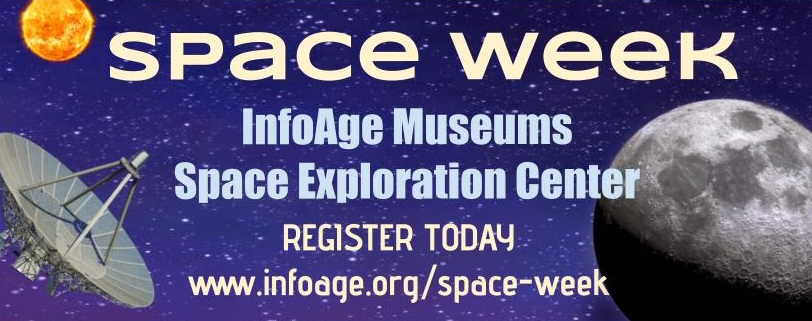Interviewee: NEIL WILSON
Interviewer: Michael Ruane
Date: 1998?
Place: Camp Evans – 9039
Media: NTSC Video
Summary: Mr. Irv Bauman
TAPE 18
NEIL WILSON
He worked at Evans from 1953 to 1989, 36 years. He worked in a building behind EW Lab as his final assignment. He graduated from Washington/Jefferson College where he was an ROTC member. In June 1953, he was pleased to receive an offer from Evans to begin as a Jr. Physicist, and was first directed to absorb AR 380-5 on Security. Working under G.Ross Kilgore in Bldg 11, he became involved with R&D efforts relating to microwave tubes and magnetrons, as used in Radar & Electronic Warfare.
H referred to a new device invented in France, and M type Backward Wave Oscillator and Carcinos French Crayfish. The first model was shipped from Ratheon, France to JFK. Customs at JFK insisted on a $35,000 payment from Neil who showed his U.S.Army credentials to release the item. This item was identified as the dominant oscillator in jamming systems. After some in-house product improvement work, Navy & USAF picked up Army’s work in this area.
Neil’s first year with Army was a learning year after which he received orders for military duty, assigned as a 2″d Lt., to Ft.Monmouth in June 1954. After 19 weeks training at Watson Labs, he was sent to the 9677th, Ft. Monmouth. During Senator McCarthy’s visit, the Senator wanted to inspect the 967′, but was denied access because of security priorities. Neil indicated that a number of his friends were targeted by McCarthy.
Neil then referred to Dr. Zeigler, Director of Electronic Components Lab, and Dr. Zahl who invented the Zahl tube for early radars. He indicated that Dr. Zahl provided the tube for radar used in the U.S. Communications Satellite. Then it was the PPS-5, an anti-person Radar for which the transmitter tube and magnetron were redesigned to provide further range and cheaper ($2500 to $900) in cost. It was built by Airborne Instrument Labs and used at the Olympics to detect people sneaking in. He referred to the MPQ-4 Radar, a Mortar Locator, which saw important use in Vietnam. This led to Project MALOR, then to FIREFIGHTER System. Next, he spoke of Dr. Harold Jacobs, now deceased, who studied the use of MgO for cold cathode ground work in solid-state. Dr. Jacobs started a new Branch, which later became a Division, that worked with ATT & Bell Labs on Integrated Circuits. This work led to ideas and devices used in Apache Longbow Systems. Dr. Jacobs was a professor at Monmouth College. He became Neil’s thesis advisor and friend. His activity was ultimately transferred to the Hexagon Building.
In the early 1960s, Pulse Power Branch was involved in the Ballistic Missile Defense System. They developed an electronic interrupt device known as the “Crowbar”. He then referred to Max Adler and a Mr. Giordiano who worked in Building 10, also to Major Zahl at Evans who had a test set-up at Ft. Hancock and involved with a Radar System in Hawaii, one that sensed the approach of Japanese aircraft before World War II. He spoke of Pete Maresca & Walter Mcafee who taught Nuclear Physics at Monmouth College.
A highlight in Neil’s experiences at Evans was a visit by Dr. Alvarez, a world-famous physicist who came by in the early 1960s. Neil then proceeded to describe the work of the Microwave Tube Branch pinpointing the Traveling Wave Tube, a low noise receiver tube used in Satellites…
From 1965-1980 there was concentrated effort expended on the “Patriot” System which had an integral radar that tracked our missiles. Ratheon, Lexington, Mass was involved in this program. He mentioned Tancredi Kineson who was sent to Huntsville, Ala and “SAMDI” evaluation relating to surface to air defense support. Neil contributed several new ideas to one system which led to production. Apparently a great number of people worked together to produce a successful system c/o Radar, Launchers, and Missiles.
Neil commented on the importance of Evans to the community and the Army with its highly classified work accomplishment. In 1996& 1997, new R&D Systems came along to replace older capabilities. He indicated that an engineer cannot make an item GI proof. The soldier will manage to foul it up. Neil felt a definite sense of accomplishment and was satisfied with his contribution to Radar Systems. He spoke of the TPQ-36 used in Beirut, Lebanon & the TPQ-37, a Hughes Fullerton Radar System used in Desert Storm. Presently in use is the TPQ-47.
Neil maintained that Evans R&D area was staffed with the best and most competent people and yet it took, as an average ten to fifteen years for an idea to reach field use. He sums up his group’s work as design and fabrication of microwave tubes and R&D models, some built at Evans, others at Industry. An example would be the Magnetron 1948 ESM48, a Beacon Magnetron built by Ratheon, Sylvania, & Litton, and later in use for Aircraft Missile Beacons.
He spoke of Radars jamming communications, the Evans Reliability Program, and the move of the Laser & Antenna work to Ft. Belvoir, VA. Neil tested many tubes. He also described the complete shop capabilities that were available for in-house model fabrication. Neil wrote specifications for items going to Industry for optimum production. Industry respected DOD & R&D people at Evans. He concluded his talk by demonstrating a coax magnetron and a glass model receiver traveling wave tube, describing the construction and function of its elements.
54 min.
Page created August 2, 2002
We Need Your Help! Volunteer with Us.
Join our mission to preserve historic Camp Evans and teach the public about science and history.
Sign up to join our team of volunteers and start on your own mission today.
InfoAge Science & History Museums
2201 Marconi Road
Wall, NJ 07719
Tel: 732-280-3000
info@infoage.org
webmaster@infoage.org

